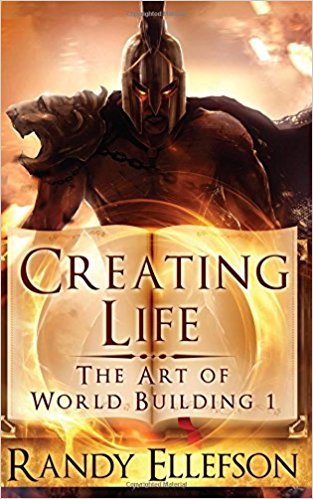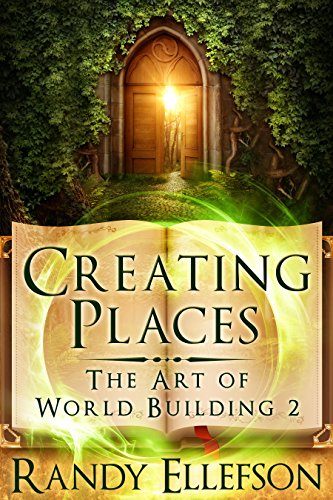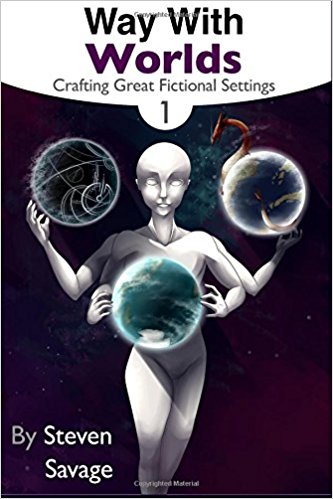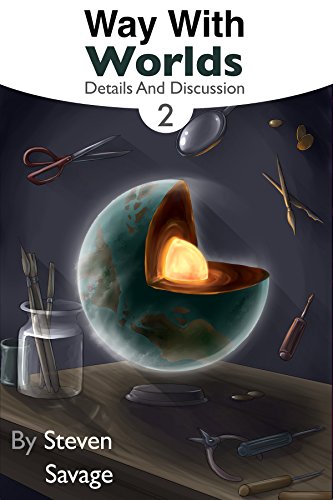editTips and Tricks
Below are 10 tips and tricks on how to write vivid settings.
-
At the start of a scene, provide a brief summary of the setting to ensure that the reader knowns the general details.
-
When providing details about a setting as it relates to the plot, weave in details as the scene progresses.
-
When writing the setting, use vocabulary that also helps to set the tone for the scene (e.g., use words that portray happiness, joy, and humor when describing the setting of a light-hearted scene).
-
Give each setting its own details - just like characters are given their own background and secrets, provide the same for the setting.
-
When looking at a setting, include subtle hints about the location's past (e.g., ancient language carvings, signs of battles).
-
Ensure that the setting is a component that relates to the plot, just like characters' actions.
-
When characters revisit a setting, show how time has treated that setting (e.g., overgrown flora, ruined buildings).
-
Use vocabulary that invokes the reader's senses - first when describing a setting and then as the plot/scene progresses.
-
It is important that the writer has a clear image of the setting to utilize the location to its fullest potential in the story.
-
In order to gain a clear view of the setting, a writer can create a quick sketch of the location.
For more information, visit the following websites from which the above points were gathered:
http://www.writersdigest.com/whats-new/10-ways-to-launch-strong-scenes
https://www.nownovel.com/blog/talking-setting-place/
http://www.writersdigest.com/tip-of-the-day/discover-the-basic-elements-of-setting-in-a-story
(Add / Edit TexteditThe World of Your Story
|
ISBN: 978-1946995018
Publication Date: April 27, 2017 Creating Life’s purpose is to provide a resource for creating different life forms that inhabit the fictional world of a novel. This book teaches skills needed to create life in fictional worlds and contains information on creating gods, creating different species or races, creating animals and plants, creating monsters, creating heroes and villains, and giving that life meaning within the context of the world. Examples and what-if scenarios are included in each section. |
ISBN: Kindle Edition Only
Publication Date: November 14, 2017 Creating Places’ purpose is to provide a resource for creating unique and immersive settings to give form to the fictional world. This book contains information on how to create solar systems, worlds, continents, realms, biomes, and individual locations; how to create governing powers and towns/cities; the importance of crafting settings for the story and the audience of the story; if and how to create a map and history for the realm/world; and details of the different types of settings and societies. |
|
ISBN: 978-1533164797
Publication Date: July 29, 2016 Way with Worlds: Crafting Great Fictional Settings’ purpose is to help the author create a fun and memorable fictional world. This book contains information regarding the basic principles and theories of worldbuilding, the philosophies and viewpoints of worldbuilding, what should be considered when worldbuilding, how to create the religions of the world, how to create the species and races of the world, and how to create the characters of the world. |
ISBN: 978-1544152462
Publication Date: February 25, 2017 Way with Worlds: Details and Discussion’s purpose is to expand on the first volume and venture more deeply into creating a fun and memorable fictional world. This book contains information on how to write heroes and villains without favoring one over the other; how to write about cultures without favoring one that is similar to the writer’s; how to write utopias and dystipias; how to write realistic conflict; how to create tools, techniques, and skills; and how to add an element of originality to a fictional world. |



 Add New Box
Add New Box



 Loading content... please wait
Loading content... please wait

